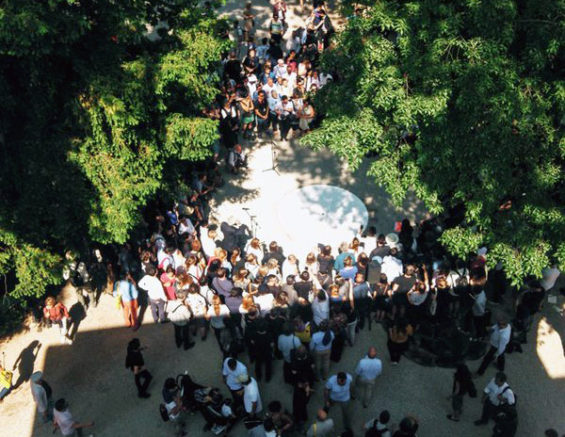
The Art Gallery of Alberta is proud to present Canada’s National Exhibition EXTRACTION, curated by OPSYS, to open at Biennale Architettura 2016 on May 28th. Located outside in the Giardini for the first time in the history of the biannual exhibition, the project presents an interactive landscape intervention—built into the ground—that reveals Canada’s global presence as pre-eminent extractive nation to the world. Through a unique audiovisual experience, EXTRACTION explores the scales, states, and systems of resource extraction, bringing to the surface its historical depths, as well as its political, ecological, and territorial dimensions.
The project is entirely about land, landscape, and landscape architecture. It calls attention to not only the territories of extraction that cities rely on, but the histories of colonization that underlies these territories. – Pierre Bélanger, Curator
A Walk in the Park of Empires from EXTRACTION on Vimeo.

For the Biennale, the project involves the planting of a solid gold survey stake at the intersection of former and future empires in the Giardini of the Biennale: UK, France, and Canada. Facing the British Pavilion, visitors are invited to kneel down and look through a keyhole in the survey stake to experience a second component of the project is revealed: a film of the territories of extraction across 800 years with 800 images, from 2015 to 1215, the birth of the British Magna Carta. In the foreground of a blockade in front of the Canadian Pavilion filled with gold ore from a botched Canadian mining operation in Sardinia, Italy, the project demonstrates how Canada has become the preeminent extraction nation on the planet. In other words, the project shows how Canada has become a global resource empire, and how its foreign policy is one that is entirely based on colonial forms of resource extraction worldwide.
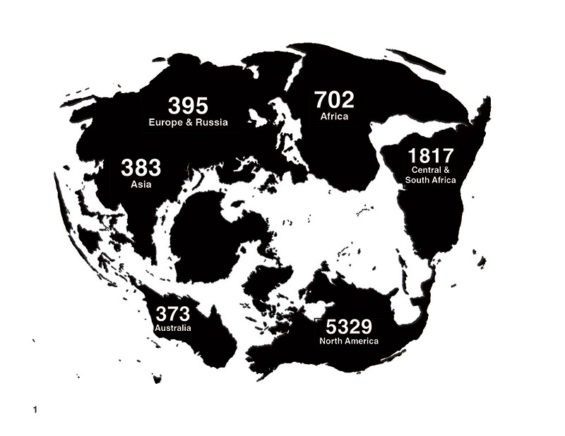
At a scale of 1:1 billion, the geological map of the world reveals planetary scales of operation for the largest resource extraction nation on the planet whose foreign policy is borne from legacies as colony, as confederation, country, and now, as global resource empire. In its divine, legal power to separate surface rights from mineral rights, the royal domain of the government—the Crown—exercises supreme authority over 95% of its territory making it the biggest landlord in the world. Not surprisingly, its coat-of-arms, commonwealth, constitution, even its parliament building look practically the same, it shares the same Head of State—Queen Elizabeth II. As the last remaining royal monarchy in the Americas, Canada is the brainchild of Queen Victoria II, the most powerful woman in history, who grew the British Empire to unprecedented magnitude in late 19th century.
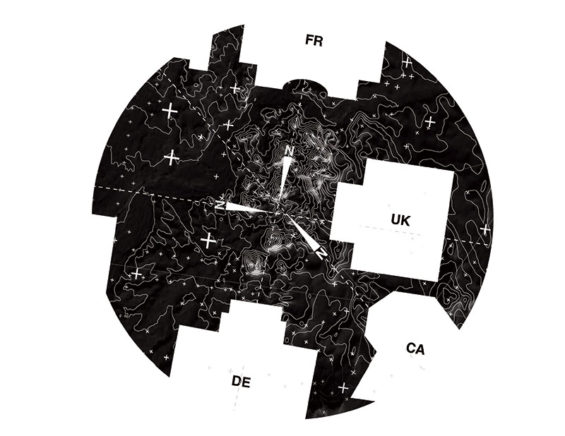
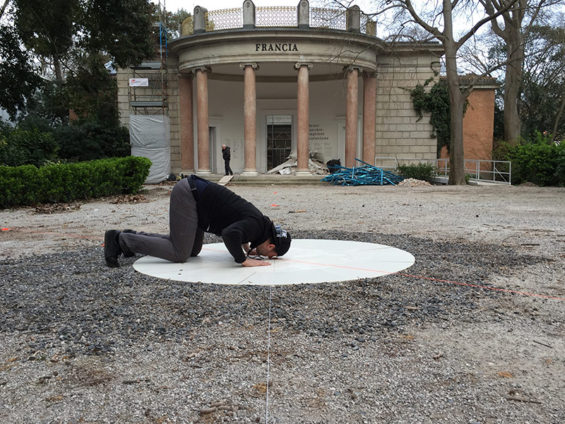
Home to over 75% of the planet’s prospecting and mining companies thanks to the Toronto Stock Exchange, nearly half of the 20,000 mining projects in the world shape the global image of Canada’s vast underground states of mineral wealth that edify the power of the Crown shining on the surface of the State. At 1 part per billion, the gold ore of lining open pit mines not only face the sky, they open a lens on the paper world of lands, leases, and laws, as well as the material world of mines, minerals, and markets, and the grounded world of tribes, treaties, and territories. Reporting from the edge of this emerging empire, what forces drive extractive policies that lead to systemic inequalities and how can cycles of geospatial domination be weakened?
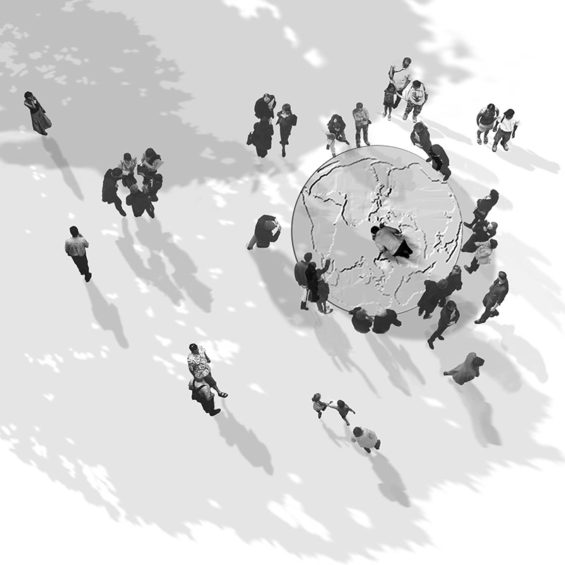
If extraction has defined Canada for the past 800 years since the British Magna Carta—then exchange will revolutionize its future from the 22nd century onwards. Marking #TheLastVictoriaDay on May 25th 2016, the quintessential, territorial instrument of exploration, excavation, and extraction—the survey stake—will be driven into the heart of empires, under the Pines and Planes, at the junction of the UK, France, and Canada Pavilions in the Giardini of the Venice Biennale. Exposing the tensions, frictions, and resistances between map and territory, this counter-monument forged in pure gold will then be gifted to the Sovereign in a declarative gesture of retrocession and independence, #CrownNoMore at the close of the Biennale on November 27th 2016, the eve of Canada’s 150th Anniversary of Confederation. Retroactively, 800 years of empire building unfold below grade in a short film of 800 images from 800 contributors in 800 seconds.
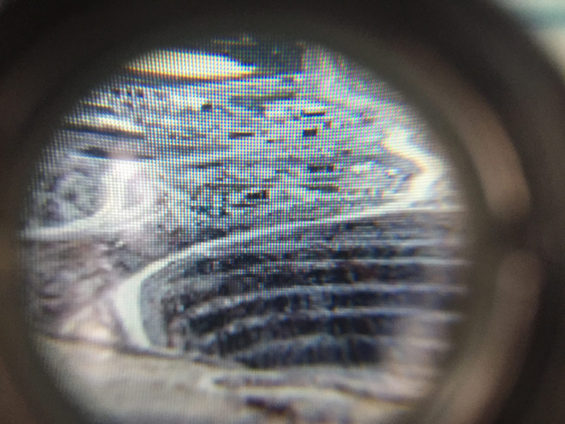
By miniaturizing this extensive history in a personal experience, this inverted territorial intervention magnifies territorial realities at a scale of 1:1 to illicit a deeper discourse on the complex ecologies and vast geopolitics of resource extraction. Disentangling and reconfiguring synergies between life, law, and land, a manifesto resource urbanism reimagines the surface of the state towards the 22nd century. A portion of the proceeds of the exhibition will be invested in the reclamation of a contaminated gold mine in Sardinia formerly operated and then abandoned by Canadian mining company Buffalo Gold following the global economic crisis in 2009. Outstanding proceeds will be shared with territorial organizations in Canada where matters of resource extraction and land-based livelihoods are vital for the future.
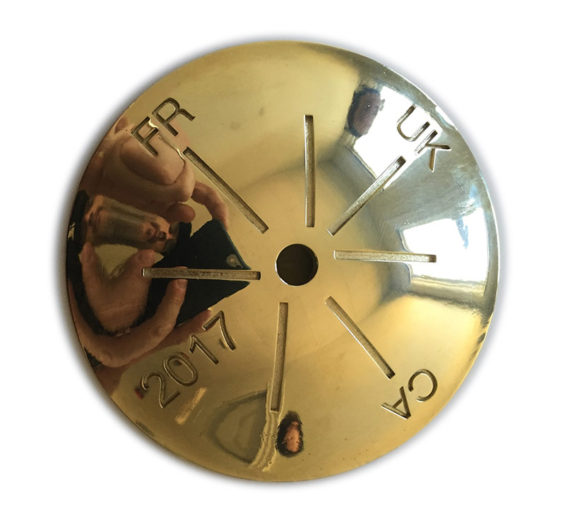
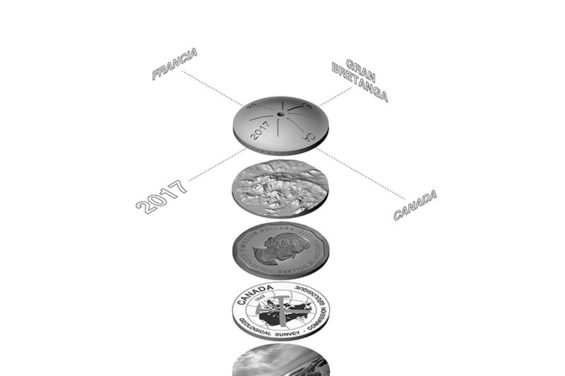
More information on the web – www.extraction.ca
3-Year Old Bjørn, with mother from Sweden watching and circling #EXTRACTION @la_Biennale pic.twitter.com/pv5bVsK2Tb
— EXTRACTION (@1partperbillion) June 2, 2016
Title of the Exhibition | EXTRACTION
Commissioner | Art Gallery of Alberta / Catherine Crowston
Curator | OPSYS / Pierre Bélanger
The intervention was curated by OPSYS; directed by Pierre Bélanger, a registered landscape architect and urban planner in Canada, the United States and the Netherlands. As an Associate Professor, he currently teaches graduate and postgraduate courses at the Harvard University Graduate School of Design where his academic research and public work focus on the convergence of ecology and infrastructure in the interrelated fields of planning, design and engineering.
Organizers & Collaborators | OPSYS / Christopher Alton / Zannah Matson, Ecological Design Lab / Nina-Marie Lister, RVTR / Geoff Thun / Kathy Velikov / Colin Ripley, Hume Atelier / Kevin Hume / Genevieve Ennis Hume, M+B Studio / Troels Bruun / Luca Delisle, Blackwell Studio / Kelsey Blackwell, Steven Beites, Alessandra Lai, Massimo Benedetti, Michael Awad, Sam Gillis, Jacob Moginot, Olga Semenovych, Jane Zhang, Tiffany Dang, Hamed Bukhamseen. Supporters: Canada Council for the Arts, Harvard Graduate School of Design, Landscape Architecture Canada Foundation, Ontario Association of Architects, The Walrus Foundation, MIT Press, RBC Foundation, IGEA SPA, Gloria Irene Taylor. Events & Partnerships: Influentials.ca / Rich Bruggeman
Title of the Text | @1to1Billion
Author | Pierre Bélanger, Zannah Matson, Chris Alton
Names of Participants & Contributors:
Edgar the Peaceful (b. 959)
King John (b.1166)
Kings James I (b. 1566)
John Rous (b. 1411)
Jean Bodin (b. 1530)
Georgius Agricola (b. 1494)
Pierre-Esprit Radisson (b. 1636)
Médard des Groseilliers (b. 1636)
King George I (b.1660)
King George III (b. 1738)
Sandford Fleming (b. 1827)
Louis Riel (b. 1844)
Agnes Deans Cameron (b. 1863)
Emily Carr (b. 1871)
Harold Adams Innis (b. 1894)
Marshall McLuhan (b. 1911)
Jack D. Forbes (b. 1934)
Maurice Strong (b. 1929)
Alanis Obomsawin
John Ralston Saul
Alessandra Ponte
Suzanne Zeller
Alain Deneault
Alex Golub
Thomas King
John van Nostrand
Peter Munk
Real V. Benoit
Doug Morrison
Eriel Deranger
Chief Allan Adam
David Chancellor
Jennifer Baichwal
Edward Burtynsnky
Nick de Pencier
Ossie Michelin
